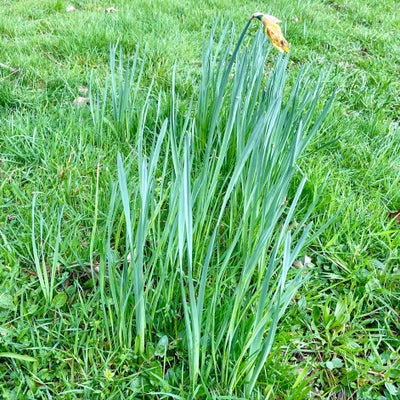Bulbs: planting
Bulbs make a fine display planted in containers or borders, especially daffodils, snowdrops and tulips in spring. They are one of the easiest and most rewarding garden plants to grow.

Common name - Daffodil
Botanical name - Narcissus
Plants affected - Daffodils
Main causes - Cultural conditions, pests and disease
Timing - Spring
Newly planted daffodils usually grow and flower well, but in subsequent years flowering may be reduced or fail completely, although leaves are healthy and numerous. Daffodils that come up with foliage but no flowers are referred to as ‘blind’.
This condition may be due to the growing conditions or pests and diseases. It can be remedied in several ways depending on the cause.
The foliage of daffodils emerges each year but no flowers are produced.
A number of causes can be to blame for daffodil blindness:

To help avoid daffodil blindness, try the following;